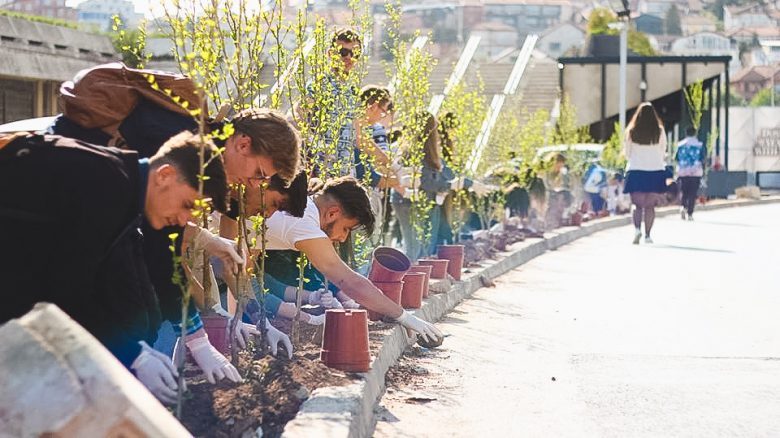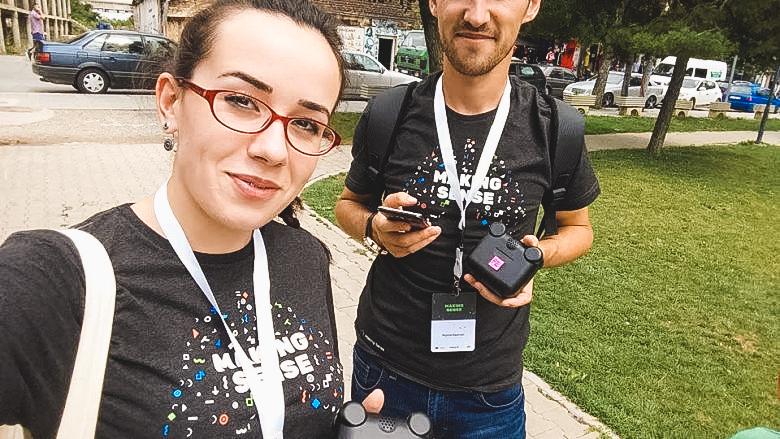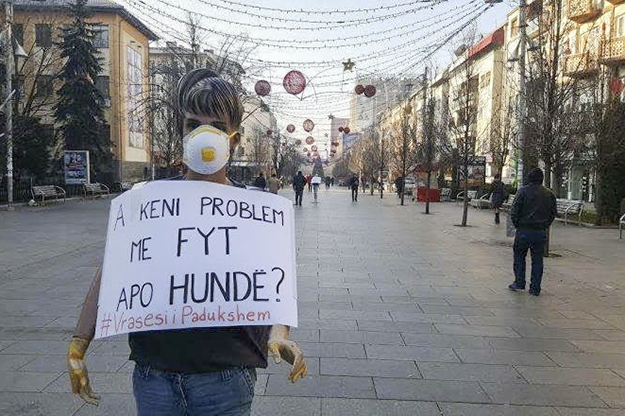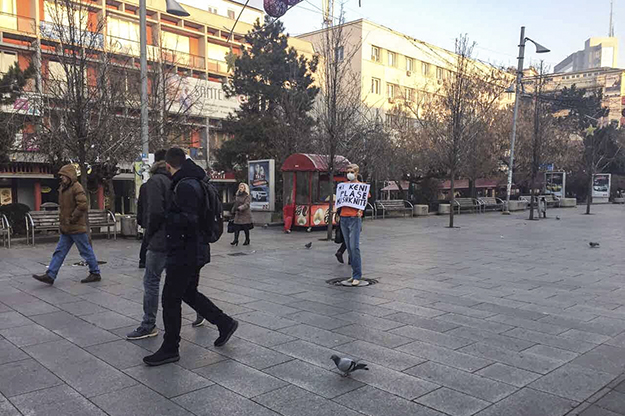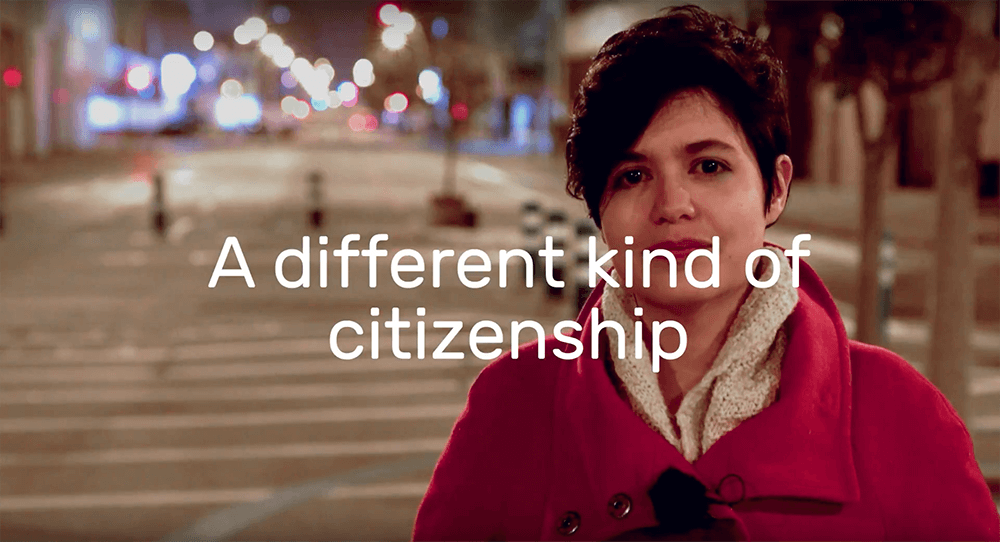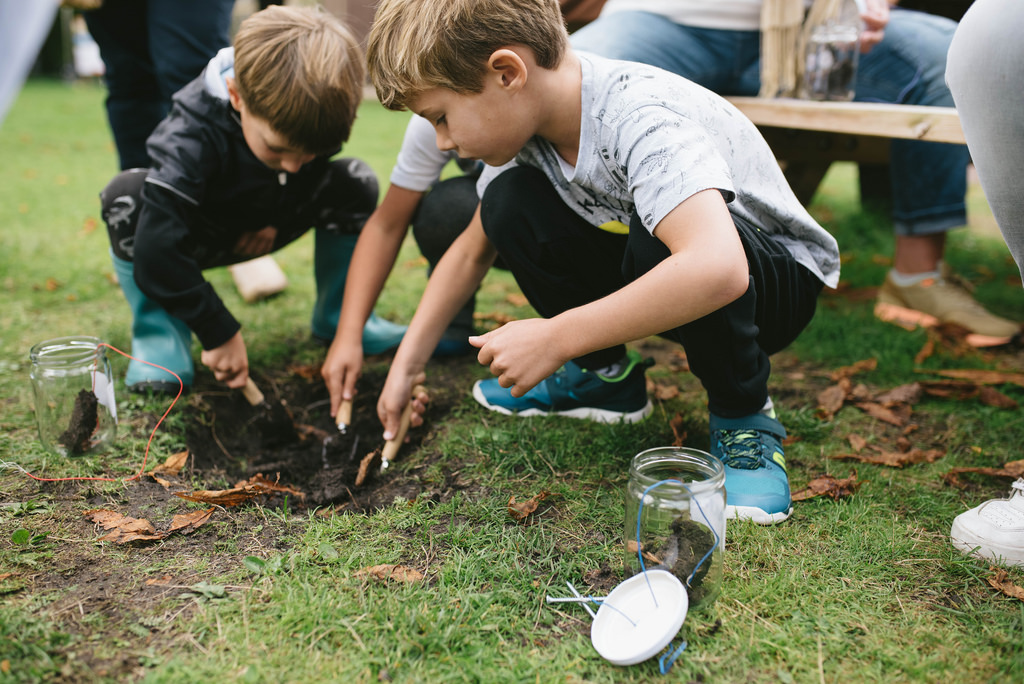Design for Social Innovation and Change
24 February 2017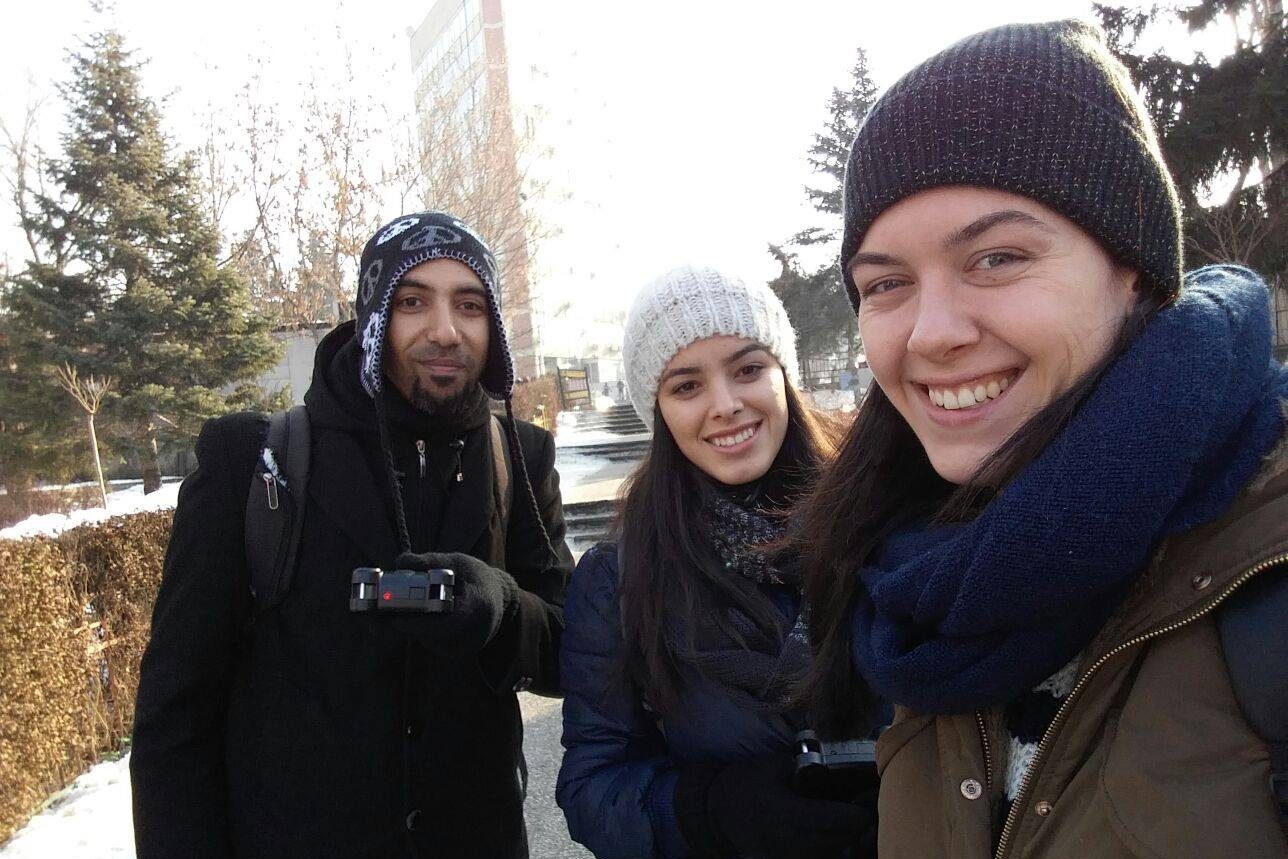
At Making Sense we believe that design for social innovation and change is important to developing areas of participatory sensing and citizen science.
Yet, this can be a new and unfamiliar concept to many of the people we work with and with our wider network. In this post, we want explain what we mean by design for social innovation and change, and the methods and tools we are using for this.
Design
Design has been changing over the past few decades. What used to be considered as the creation of images, brands or products, is now becoming a way we talk about a certain set of skills or a way of thinking. Importantly, it places people at the center of the design process and provides the tools for democratizing the exchange of knowledge and co-creation.
Social innovation and Change
Social innovation and Change is about people to coming together to devise and deliver positive and widespread transformation. It starts with a group of passionate people, who build a community around their critical challenges. They collectively devise actions with an aim to improve their lives and the lives of others around them, or those in similar situations. There are no limits to what this can be, or what form it takes, and we use it to describe anything from local behavioral changes to radical democracy.
Combining the two results in a very powerful platform which harnesses the collective knowledge of extremely passionate people, and gives them the tools and approaches to solve problems in their communities. It reflects and is linked to many other practices we find in this area, including, activism and action research.
We should underscore that designers are not the only ones able to lead a design for social innovation approach. Design can describe a certain set of skills, like empathy, creative problem solving, being comfortable with failure and the ability to sift through many solutions to find one of best fit. These characteristics can be held by many individuals, or better yet, collective groups which share knowledge and can be more powerful than any one individual.
A Toolkit for participatory campaign orchestration
At Making Sense we are developing a toolkit which will bring the strengths of design for social innovation to participatory sensing and citizen science. We have developed many tools already, but there is still much to do, and as our pilots are up and running we are learning constantly from our energized and dedicated Making Sense communities across Europe.
To breathe life into our discussion, we present a recent Making Sense campaign that took place in Prishtina, Kosovo from August to December 2016. Implemented by Peer Educators Network (PEN) and Science for Change Movement in Kosovo, this campaign investigated the air pollution by empowering young people and affected communities to jointly break the institutional silence around this urgent issue through evidence-based campaigns and actions.
This pilot sought to build the capacities of young people and empower them in environmental sensing and action. Importantly, this pilot was not just for science, pollution and innovation, but moreover, it was a call for radical democracy as the starting point for a more equal and just society. It introduced target measures as a means to monitor a strategic shift in awareness and results from the heavy campaigning from the participants.
The pilot brought together an intersection of themes; grassroots and co-created citizen science methods and approaches, campaigning and actions, data collection and interpretation, radical democracy, and a variety of digital sensors and non-digital devices. It also brought together a wide range of people, from youth activists to scientists, from institutional health experts to citizens.
Observing the combination of people and ideas and how they mobilize information and instigate change helps to develop the Making Sense approach. As we learn from and with our citizens and partners, we will continue to update this blog with our insight and new tools.
So watch this space!

For further information, read about the pollution hotspots ; protests ; and exposure of children to pollution in Prishtina, Kosovo.
